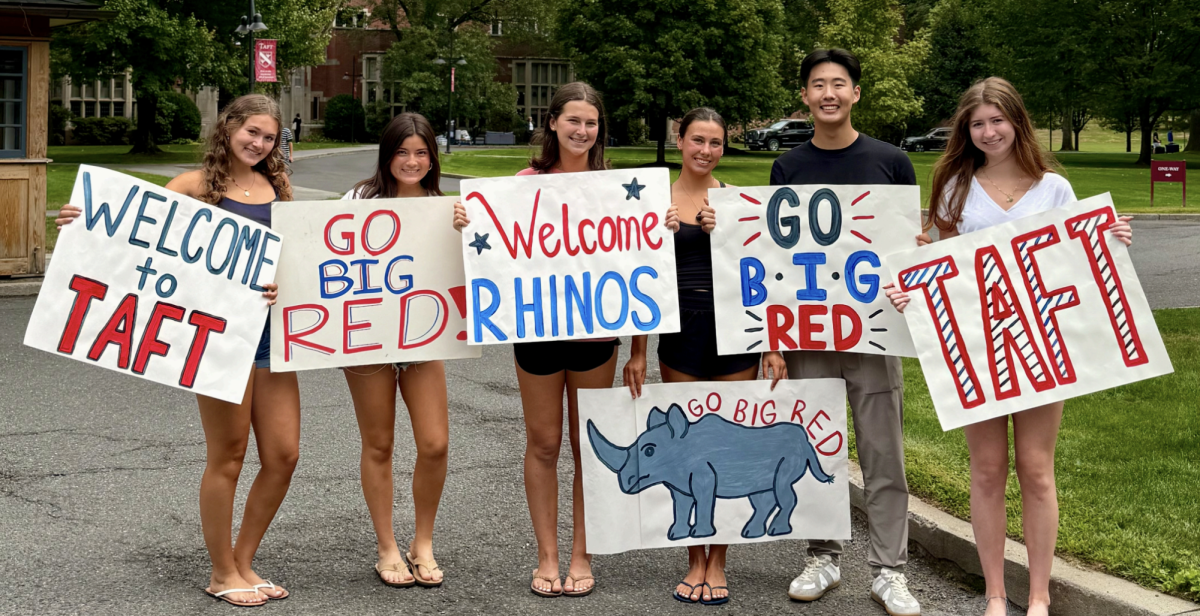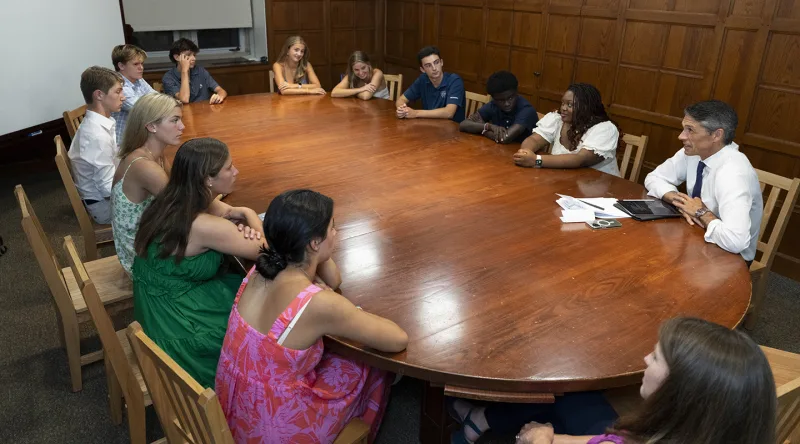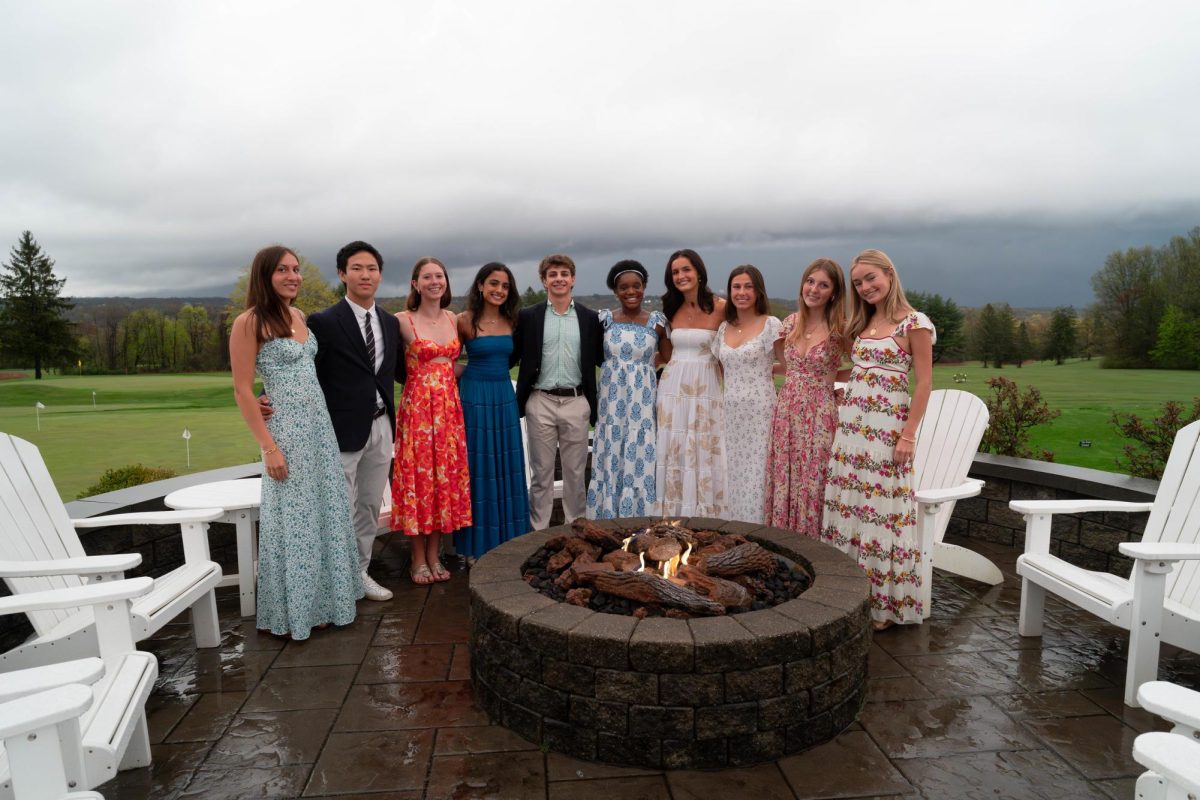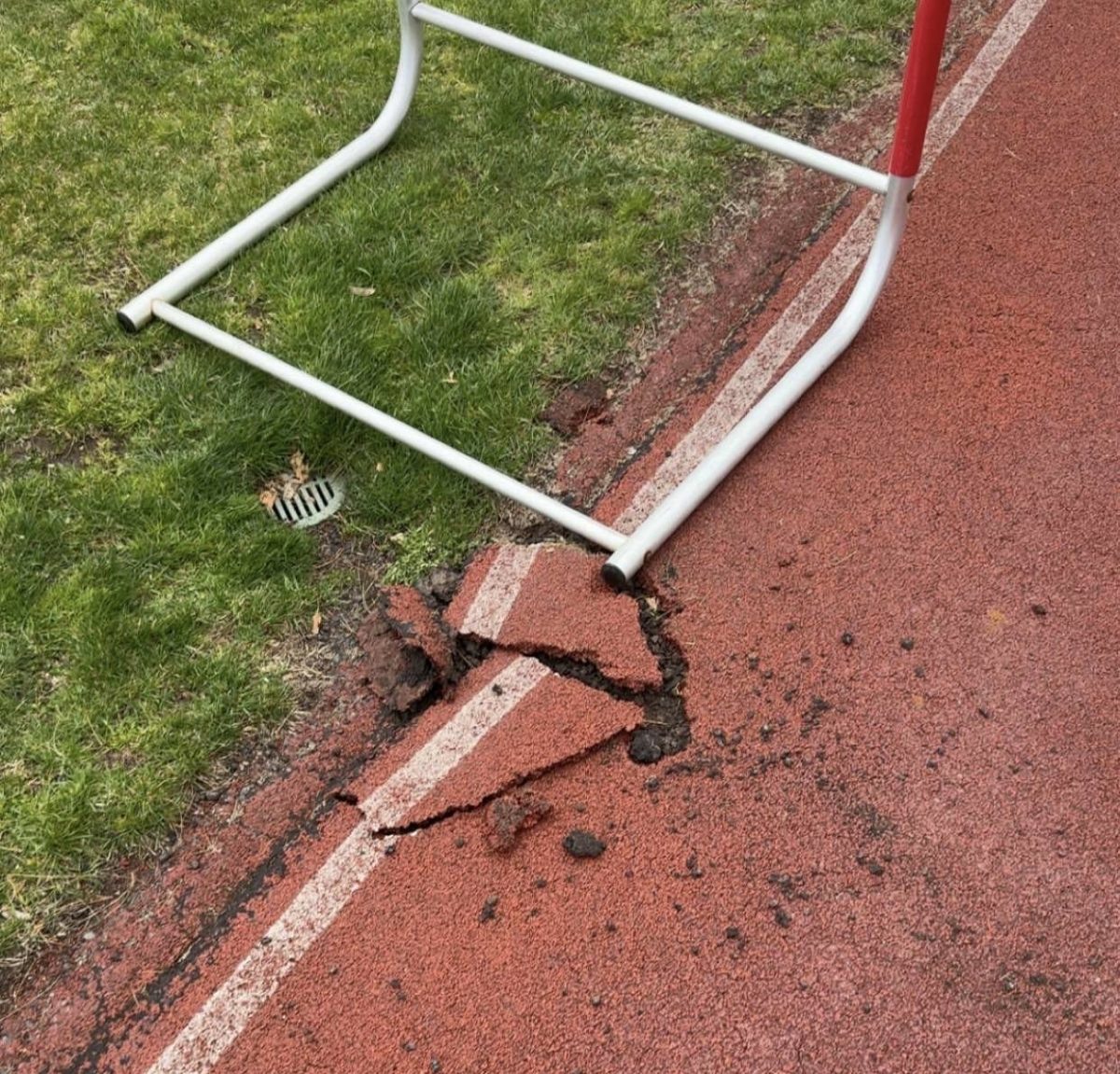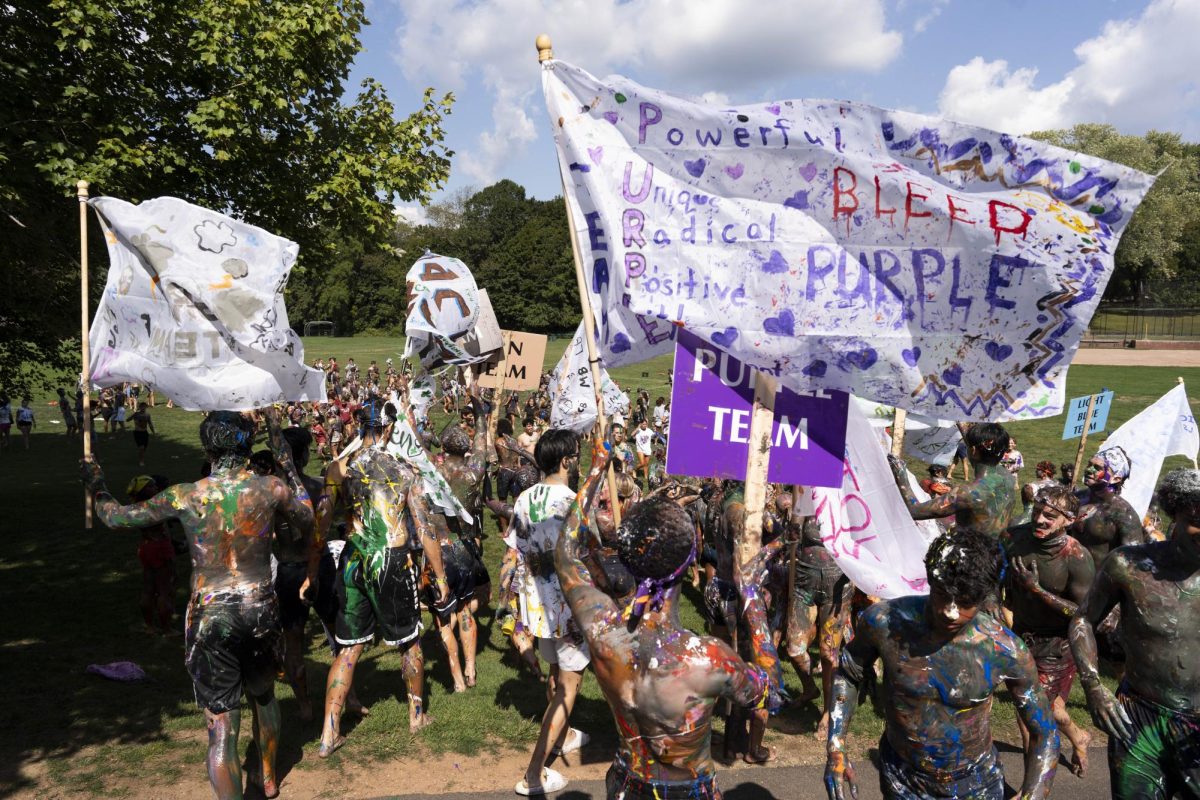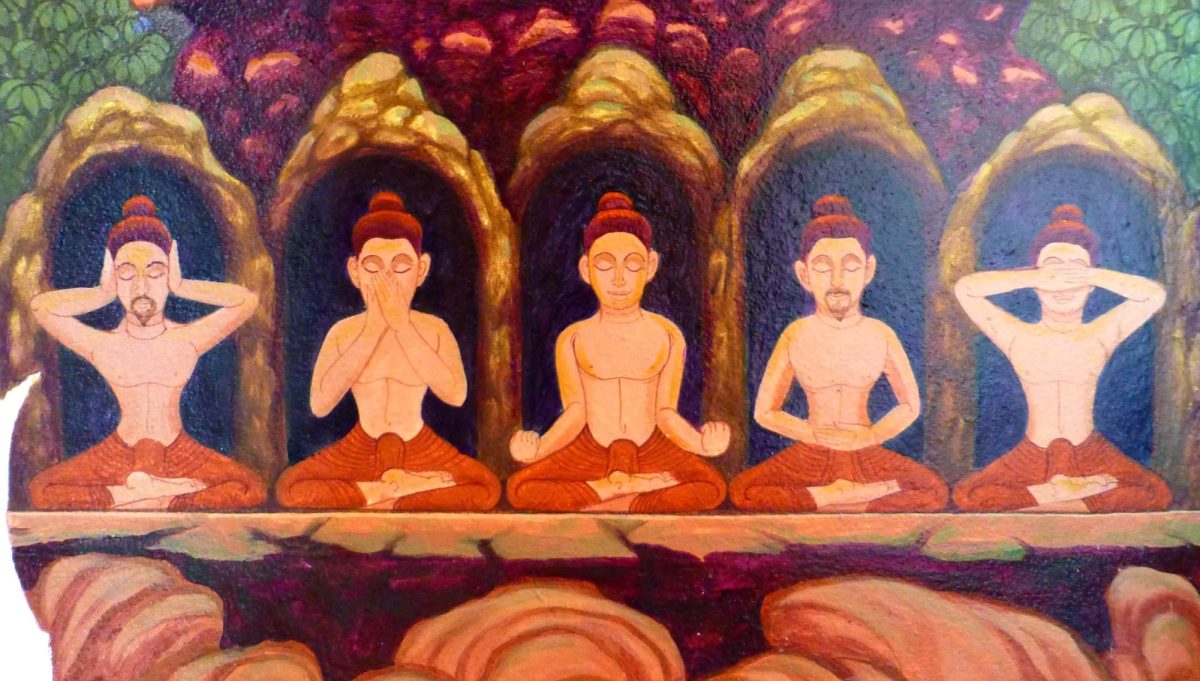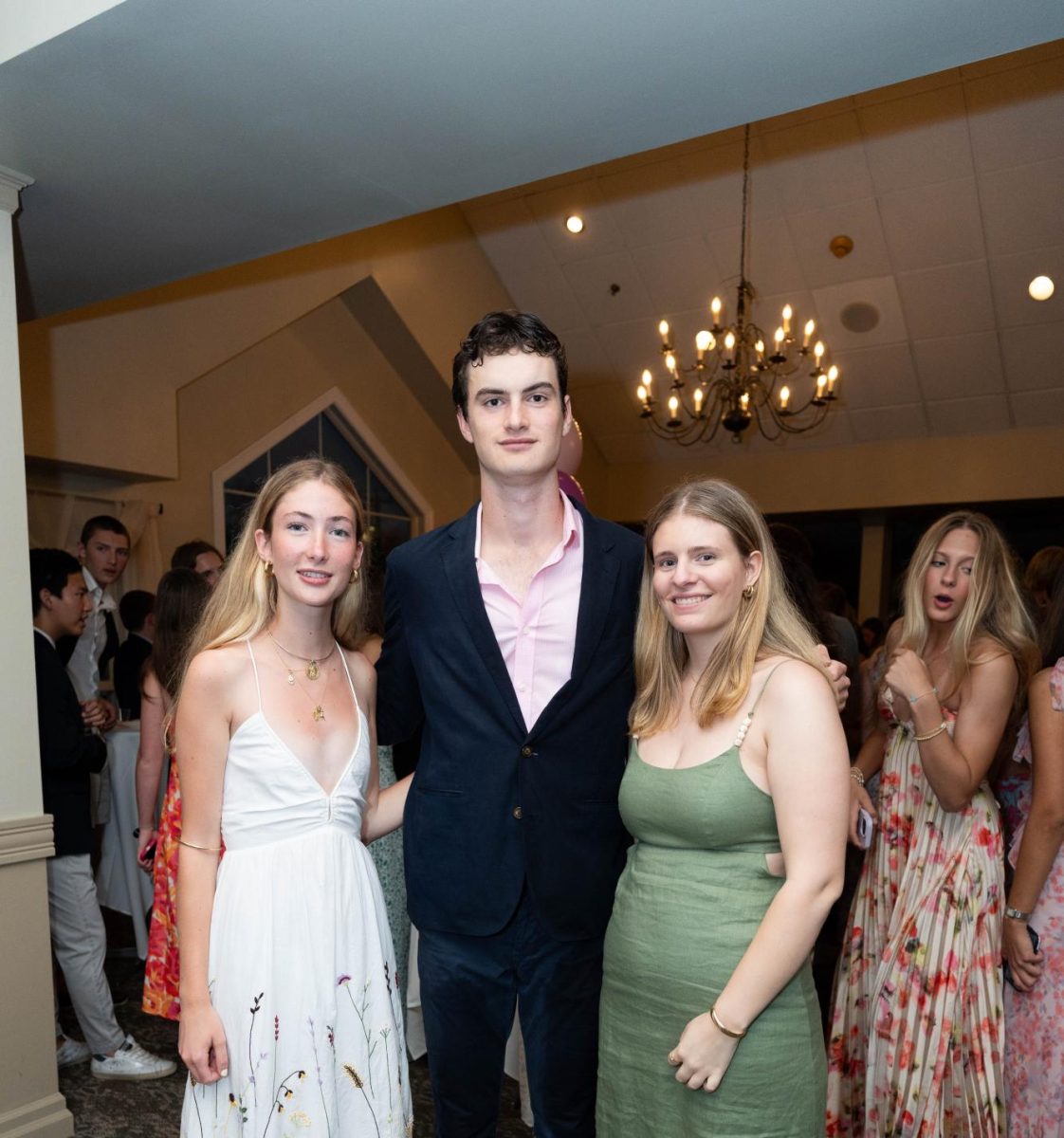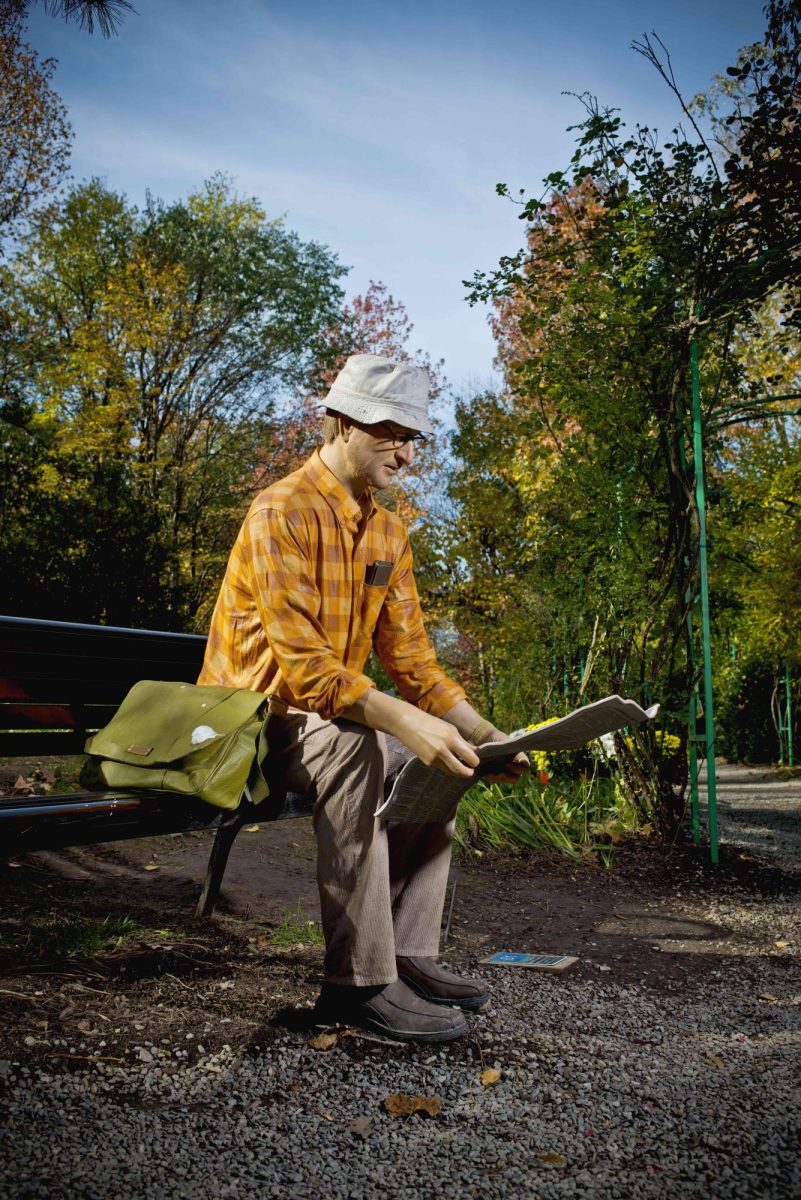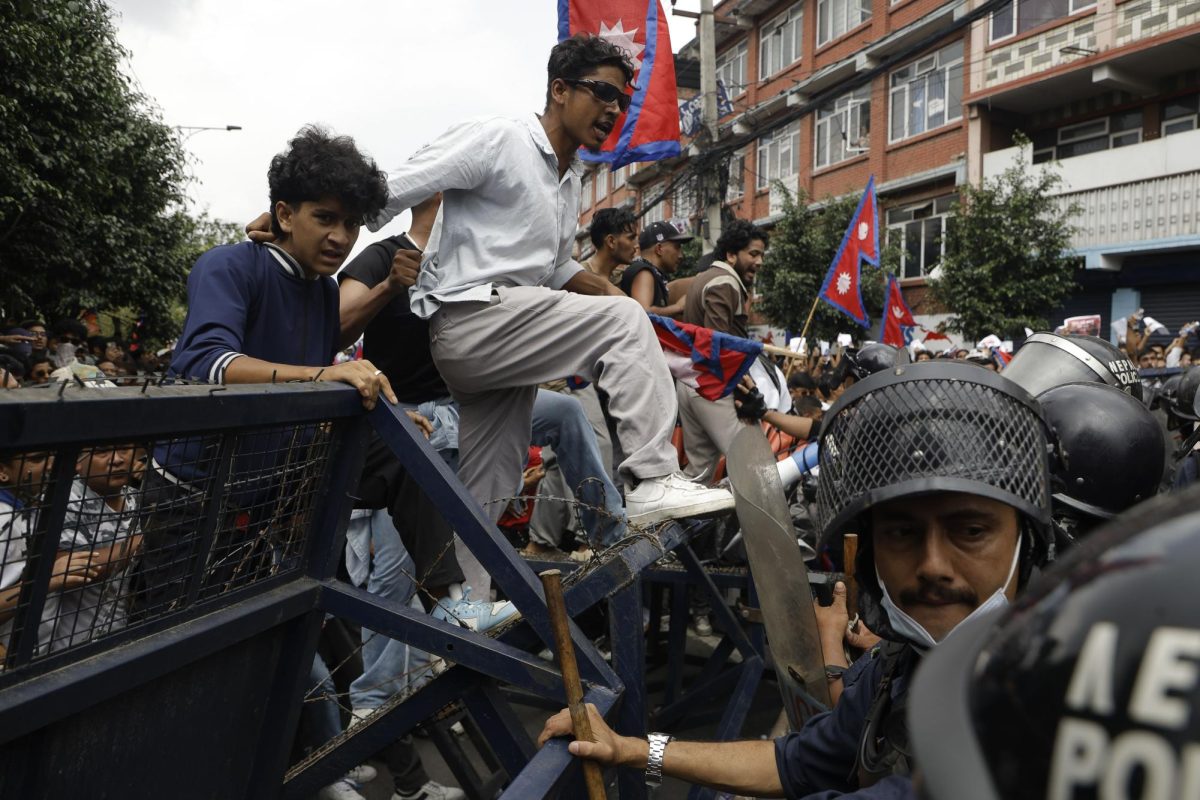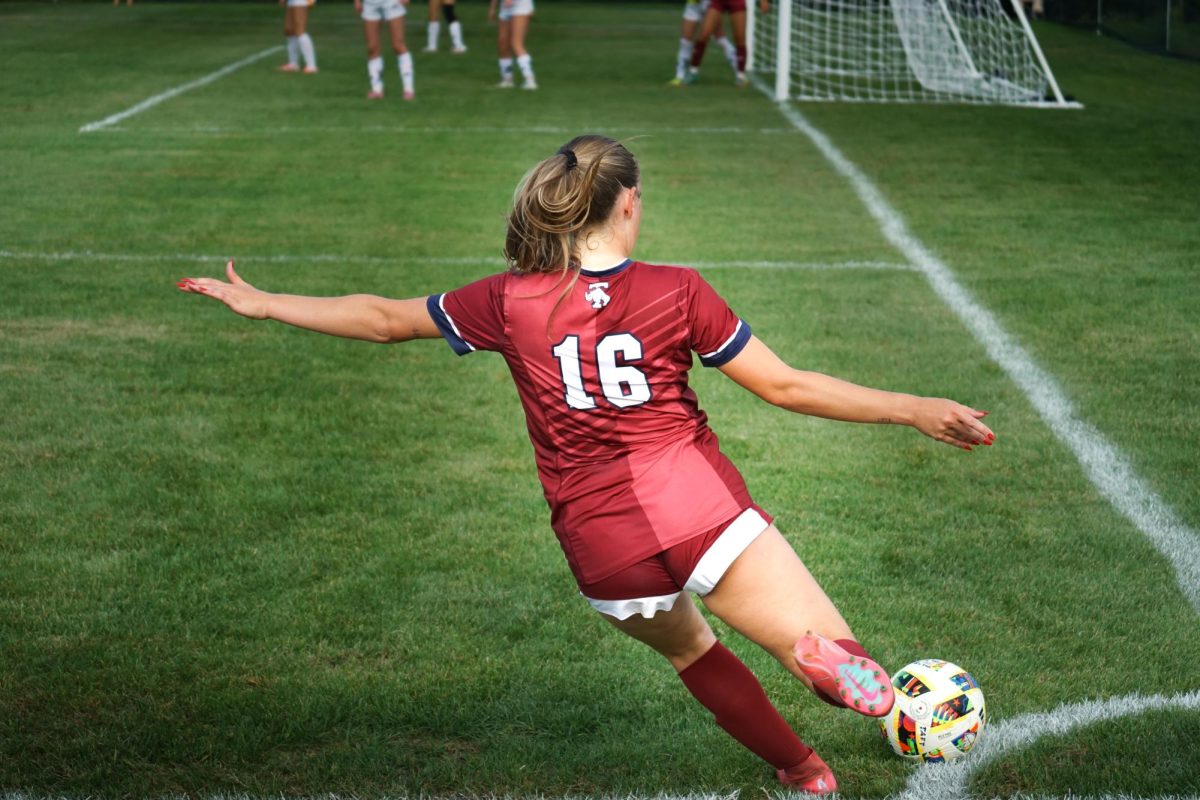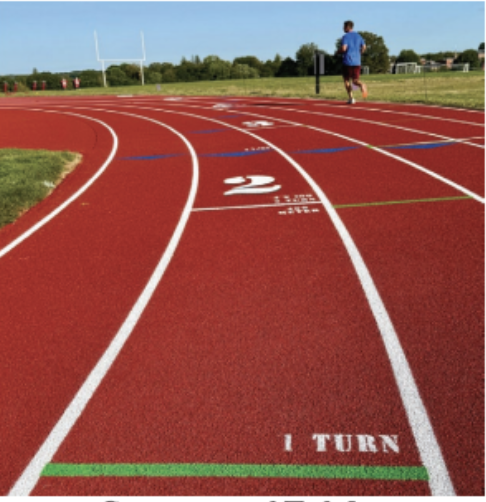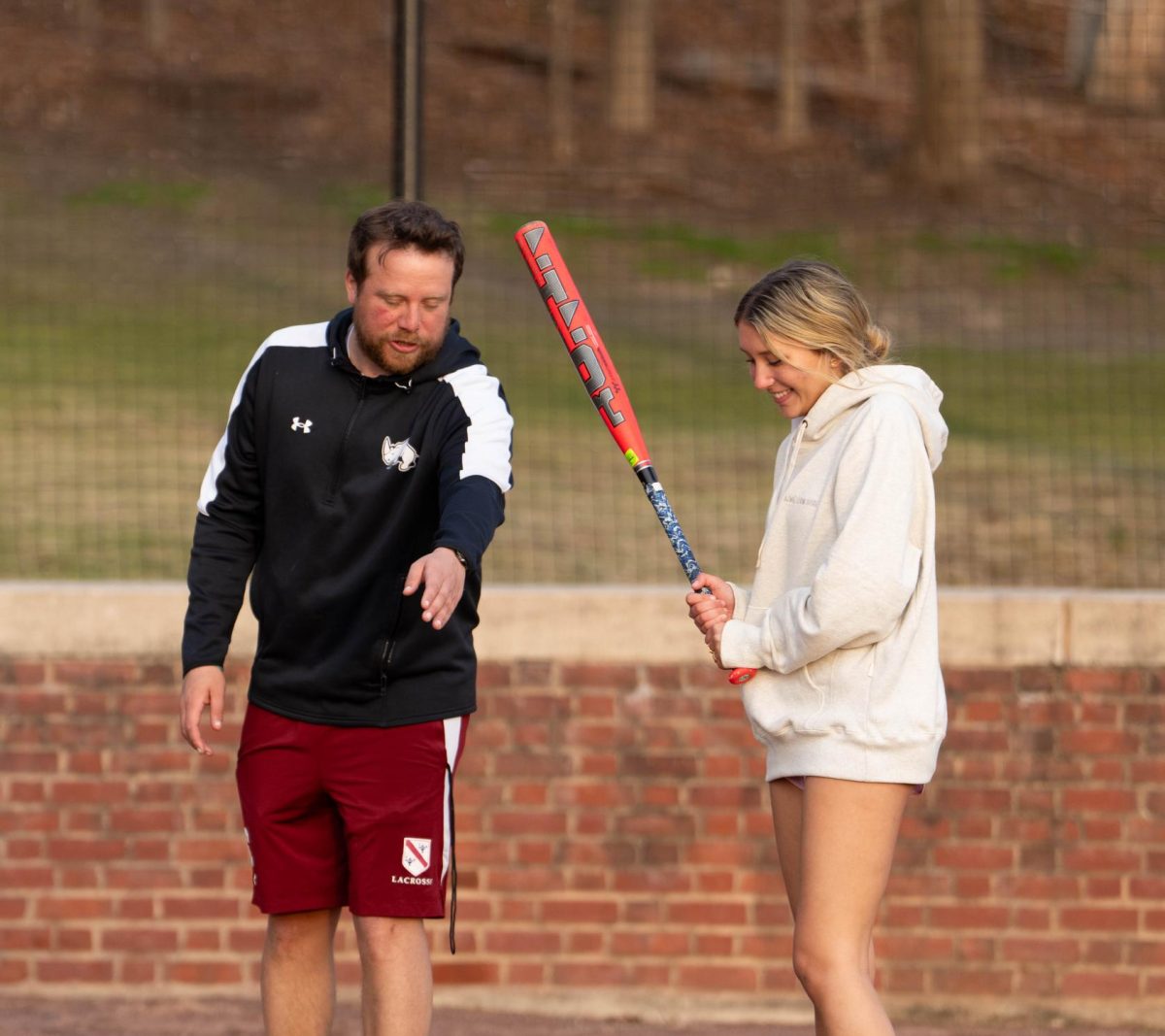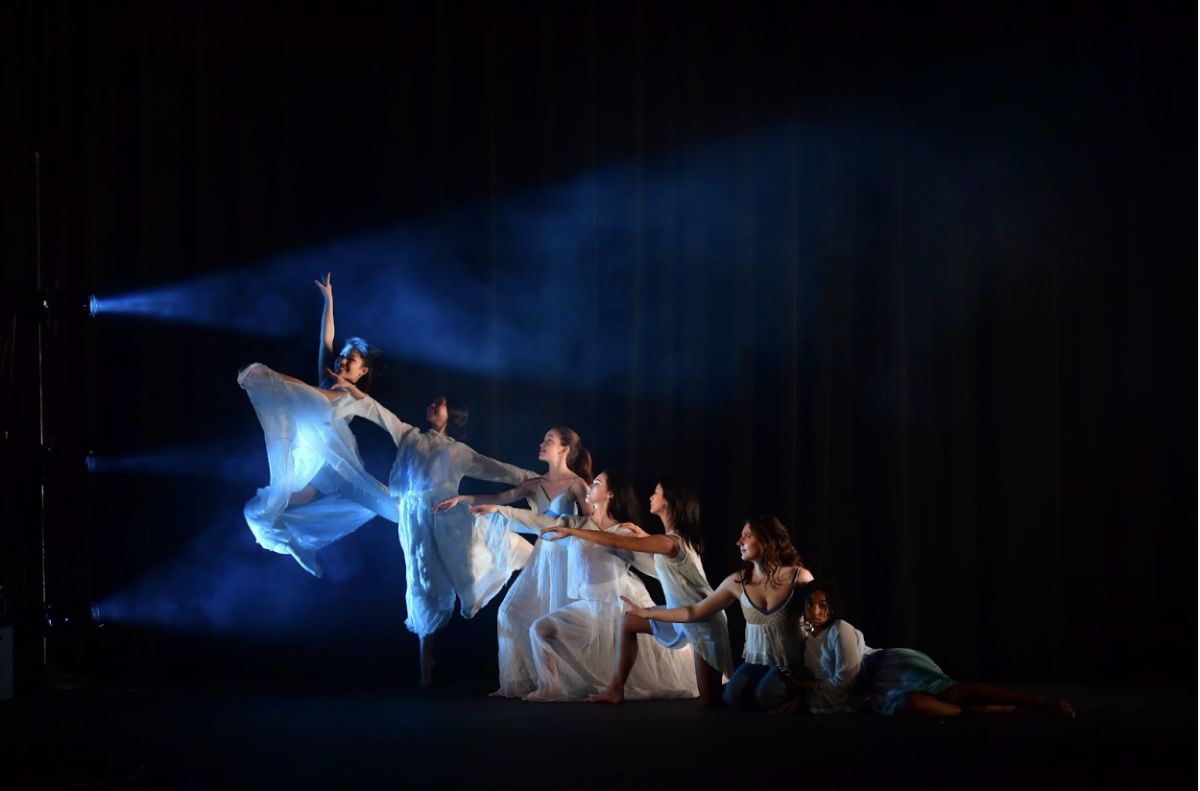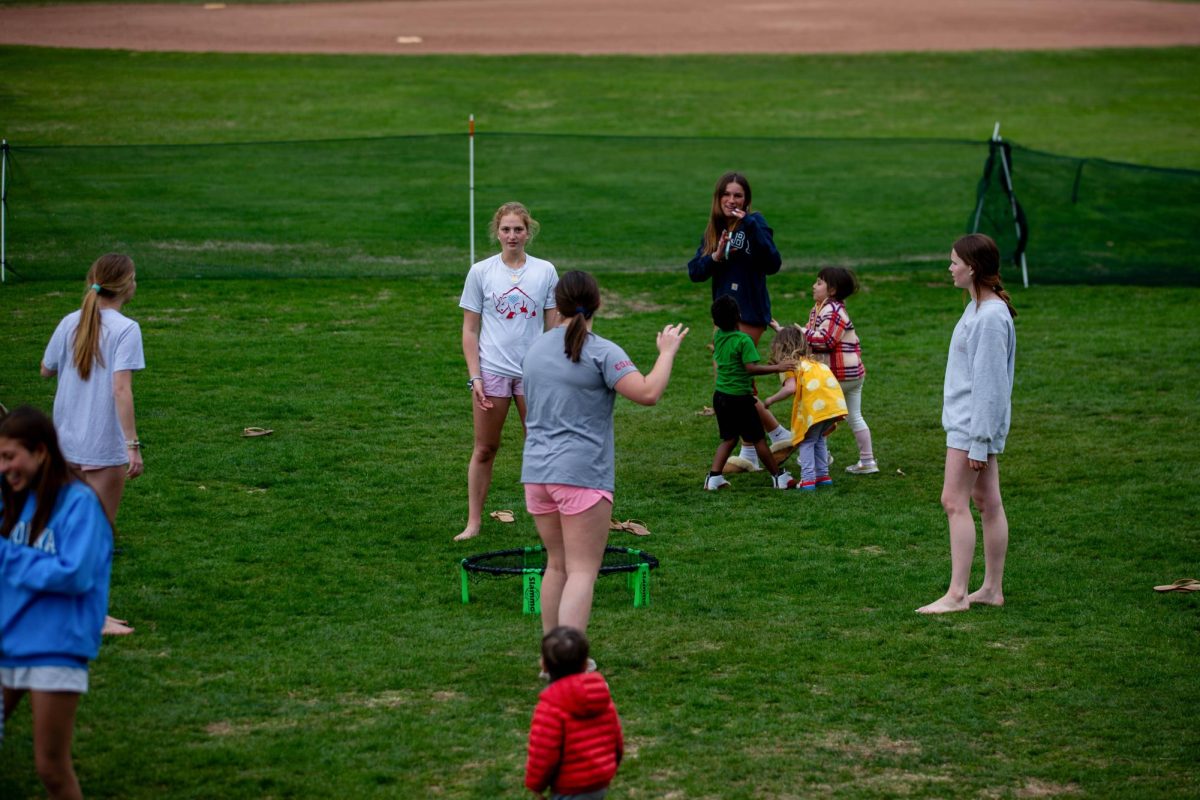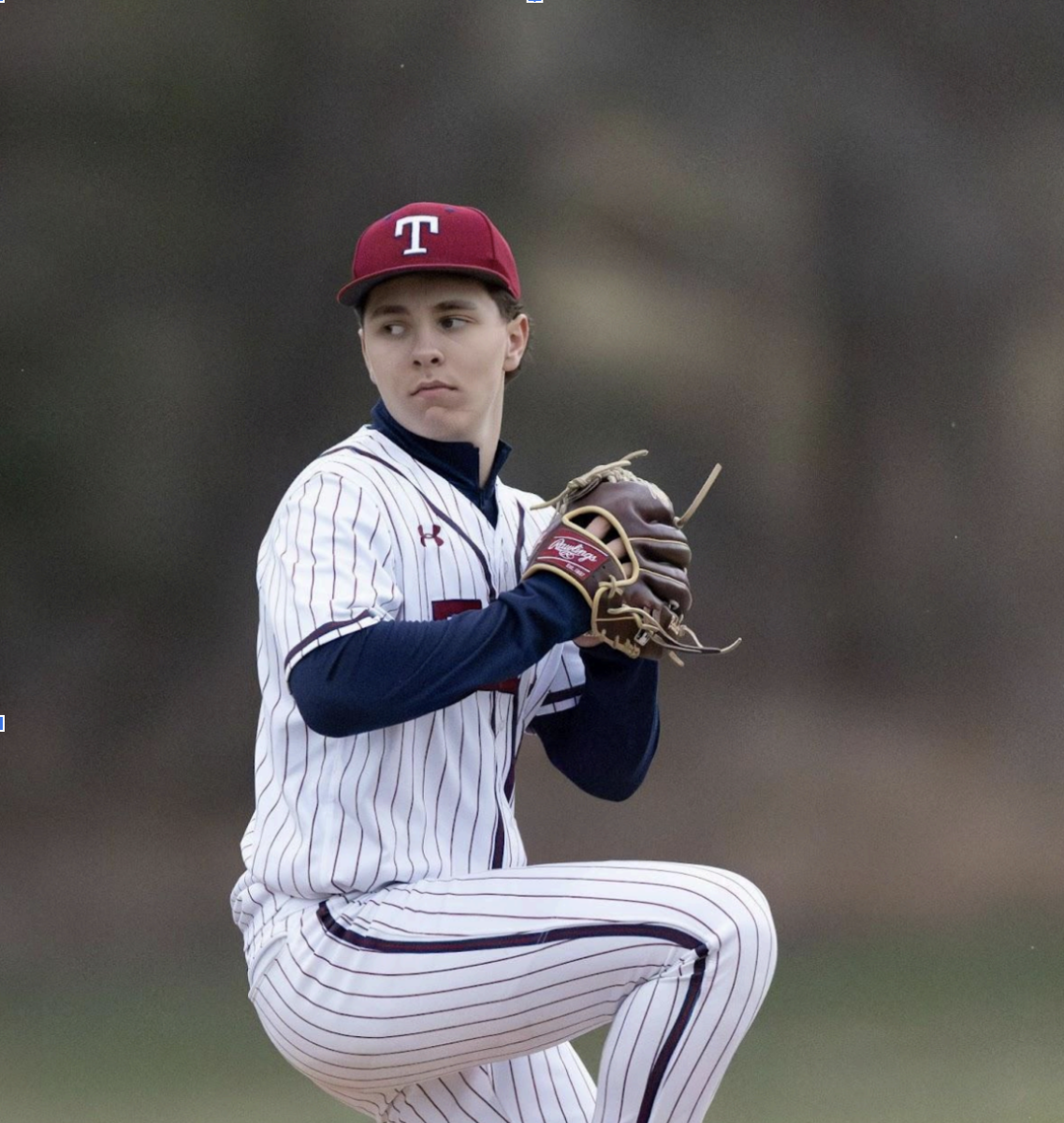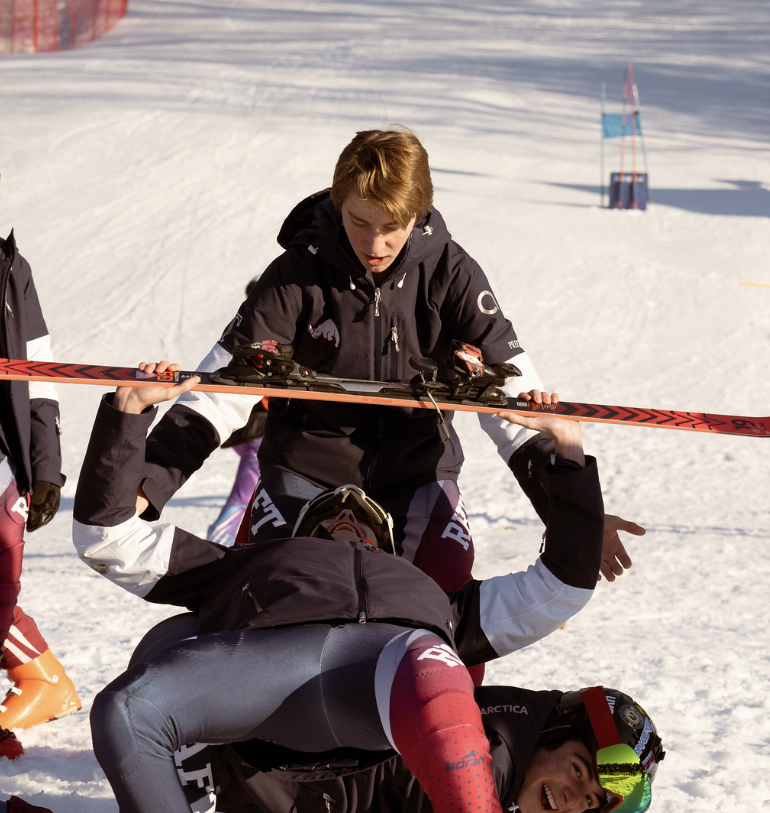 When you really break it down, there are few things more unique than high school sports in the United States of America. I’m not sure what they’re doing in other countries, but in the U.S., nearly every student body between 9th and 12th grade is provided the opportunity to represent their peers, not on a battlefield, but on a court, a field, or even in a pool. Sure, it may seem like your actions on thirds squash feel completely and utterly insignificant at times (they might be), but at the heart of your role, you are playing for something bigger than yourself. Even grander, the performances of these athletes are often displayed right on school grounds, and sometimes in front of the adoring masses. In a stark contrast to this utopian reality exists the legendary Taft School Ski team.
When you really break it down, there are few things more unique than high school sports in the United States of America. I’m not sure what they’re doing in other countries, but in the U.S., nearly every student body between 9th and 12th grade is provided the opportunity to represent their peers, not on a battlefield, but on a court, a field, or even in a pool. Sure, it may seem like your actions on thirds squash feel completely and utterly insignificant at times (they might be), but at the heart of your role, you are playing for something bigger than yourself. Even grander, the performances of these athletes are often displayed right on school grounds, and sometimes in front of the adoring masses. In a stark contrast to this utopian reality exists the legendary Taft School Ski team.
Just a brisk 41 minute drive, assuming no traffic, from 110 Woodbury Road, Ski Sundown presents the mighty slopes that our skiers admirably confront each day during the winter season (when there’s actually snow on the ground). It’s here where the squad works day in and day out, isolated from Taft life for, according to veteran JV skier Rory McNamara, a grueling “three and a half hours a day.” When I asked him to elaborate on how one approaches this freakish grind, he responded that in actuality, contrary to popular belief, “a slim fraction of this time is actually spent skiing”. In a revealing inside look at the cogs of the Taft Skiing machine, it appears that what they lack in overall fan engagement (according to athletic records, zero Taft students have attended a skiing race) is unreservedly made up for in their comradery. Many hours are allegedly spent in the warm lodge, where McNamara claims “the team gets along sort of well”. The infamously frigid conditions of Taft Skiing’s home arena, once aptly referred to during a brief period of time as “Satan’s Ridge”, can provide a desolate experience for even the bravest few. Somehow, this ragtag group manages to enjoy their athletic service, albeit in a climate controlled setting for significant periods of time. Taft Skiing fable Julian Prentice, who declined to comment for this article, was one of central pillars of this community, most notably having been the driving force behind the inception of their weight training program, pictured on this page.
At this point, you may be wondering what these skiing superstars even practice up in the great north. There are two main disciplines in the sport: slalom, and GS, or giant slalom. Slalom is a shorter race, characterized by the need for sharp turns around gates that meander down the slope. Giant slalom is a longer race with wider gates, hence the name, and skiers typically have longer skis. In both events, the name of the game is speed, and you may see the world’s best reaching clips upwards of 95 mph in the Salt Lake City Olympic Games next year. Back at Sundown, Taft skiers practice for the two events under the watchful eye of Mr. LaCasse, and Rory advises all future skiers “to do everything he says”. The Taft Ski team’s practices and competitions may be removed from much of what makes Taft athletics unique, but maybe that’s what it needs to develop its own distinct identity. Quinn “The Lebron James of Skiing” Leonard may have described the effects of the team’s aura best, rhapsodizing to me that “ski team is an outlet for personal expression at the end of school each day. It gets me excited to go to school and not excited to go to bed,” after I asked him who his next opponent was. Big Red’s skiing program may be forgotten, but it’s undoubtedly one of the most special teams on campus.

